Nestled amidst the breathtaking landscapes of India are some of the world’s most revered and spiritually significant places: Buddhist monasteries. These enclaves of tranquilly, wisdom, and devotion offer a window into the profound teachings of Buddhism. In this journey, we will embark on a virtual exploration of the top Buddhist monasteries in India, each a testament to the spiritual legacy that has flourished in this diverse land.
Tawang Monastery, Arunachal Pradesh

Situated in the lap of the Eastern Himalayas, the Tawang Monastery in Arunachal Pradesh stands as a testament to devotion and an architectural marvel. This sprawling complex, perched at an elevation of 10,000 feet, is not only the largest monastery in India but also one of the most stunning. Its grandeur is amplified by the backdrop of snow-capped peaks and lush valleys. Tawang Monastery is a spiritual haven for followers of Buddhism, particularly the Gelugpa sect. The heart of the monastery houses a colossal statue of Lord Buddha, while the library preserves ancient manuscripts and scriptures. Every year, the Tawang Monastery hosts the Torgya Festival, a vibrant celebration of Buddhist traditions that draws visitors from across the world.
- Location: Cona, Tawang, Arunachal Pradesh, 790104
Phuktal Monastery, Ladakh
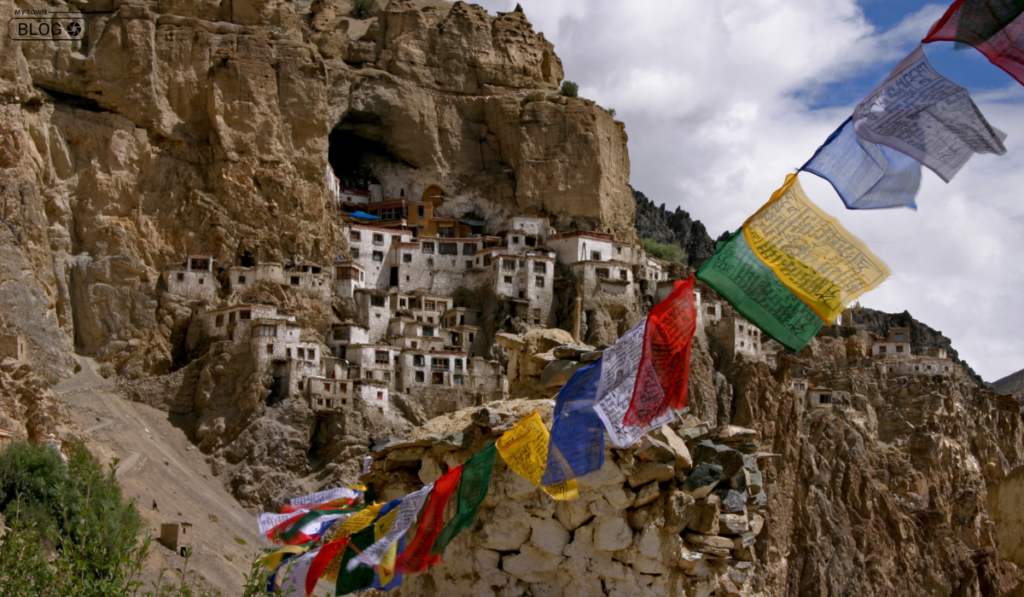
Hidden amidst the rugged terrain of the Zanskar Valley in Jammu and Kashmir, the Phuktal Monastery is an awe-inspiring masterpiece of devotion and isolation. Accessible only by foot or mule through challenging trails, reaching Phuktal Monastery is an adventure in itself. Carved into the mountainside, the monastery seems to merge seamlessly with the natural landscape. It stands as a symbol of the resilience of those who seek spiritual enlightenment in the most remote corners of the world. The journey to Phuktal Monastery is a transformative experience that leads to architectural wonder and a profound sense of tranquilly.
- Location: Lungnak Valley in south-eastern Zanskar, Himalayan Region of Ladakh
Mindrolling Monastery, Dehradun
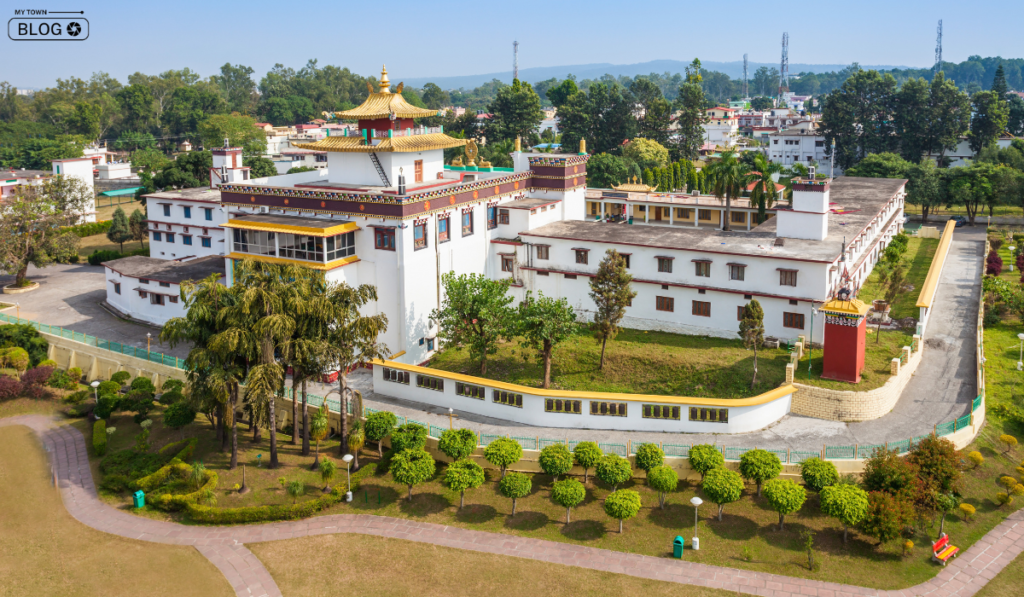
Nestled in the tranquil Doon Valley of Dehradun, the Mindrolling Monastery is a beacon of wisdom and enlightenment. Its striking architecture, vibrant murals, and serene environment make it a spiritual oasis. The monastery is renowned for its role in preserving Tibetan Buddhist teachings and promoting education. The Great Stupa, adorned with intricate artwork, is a symbol of devotion and artistic excellence. Mindrolling Monastery has not only preserved the rich tapestry of Buddhist heritage but also serves as an educational centre, ensuring that the light of knowledge continues to shine.
- Location: Buddha Temple Road, New Basti, Clement Town, Dehradun, Bharu Wala Grant, Uttarakhand, 248002
Tsuglagkhang Complex, Dharamshala
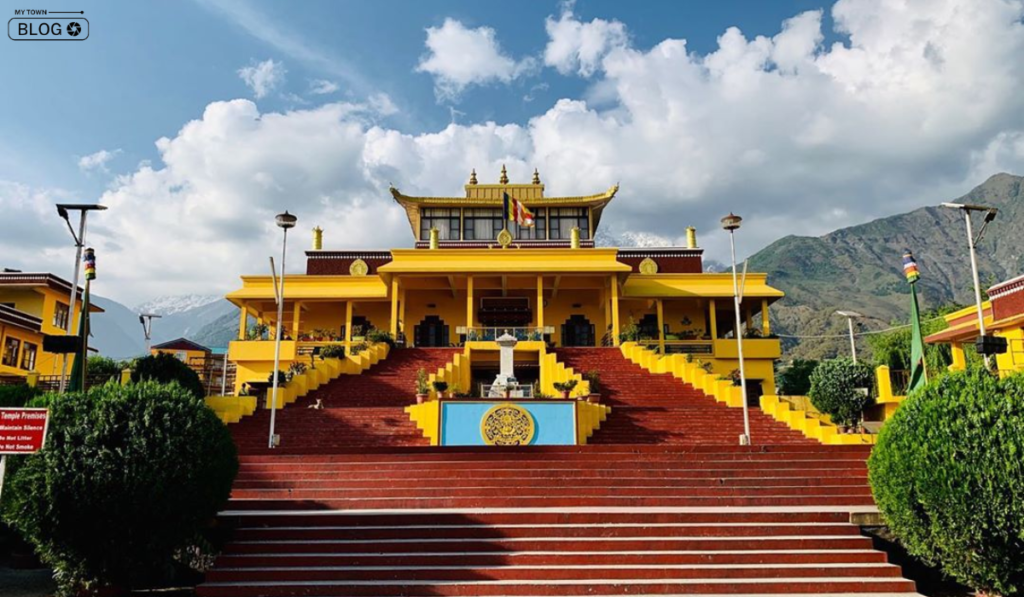
Nestled in the serene Himalayan foothills of Dharamshala, the Tsuglagkhang Complex holds a special place in the hearts of Buddhists worldwide. It encompasses the residence of the Dalai Lama, the Namgyal Monastery, and the Tibet Museum. The complex serves as a spiritual hub for Tibetan culture and Buddhist teachings. The Kalachakra Temple, within the complex, attracts pilgrims seeking blessings and a deeper understanding of the dharma. The Tsuglagkhang Complex is not just a physical space; it embodies the resilience and aspirations of the Tibetan people.
- Location: Dharamshala, Himachal Pradesh, 176219
Rumtek Monastery, Sikkim
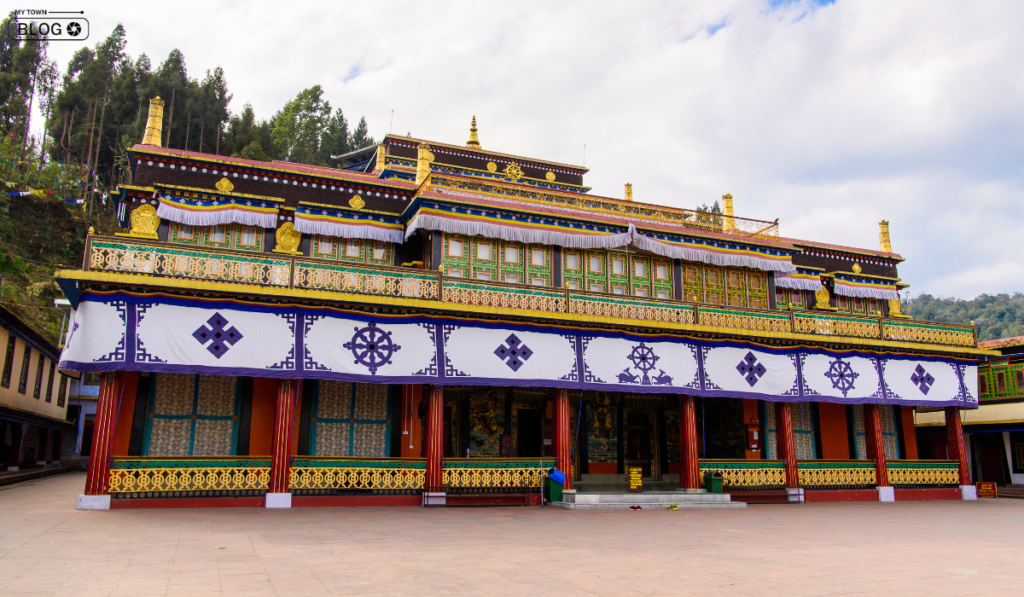
Perched amidst the lush hills of Sikkim, the Rumtek Monastery is often referred to as the “Dharma Chakra Centre.” Its architectural beauty, colourful frescoes, and intricate artwork transport visitors to the heart of Tibet. The monastery is a vital centre for the Karma Kagyu lineage of Tibetan Buddhism. The Golden Stupa, containing precious relics, is a sight to behold. Rumtek Monastery is more than a religious site; it’s a cultural treasure that bridges the gap between the past and the present, offering a glimpse of the rich tapestry of Tibetan Buddhist heritage.
- Location: Tsurphu Labrang Pal Karmae Sangha Dhuche, Dharma Chakra Centre, Sikkim, 737135
Hemis Monastery, Ladakh
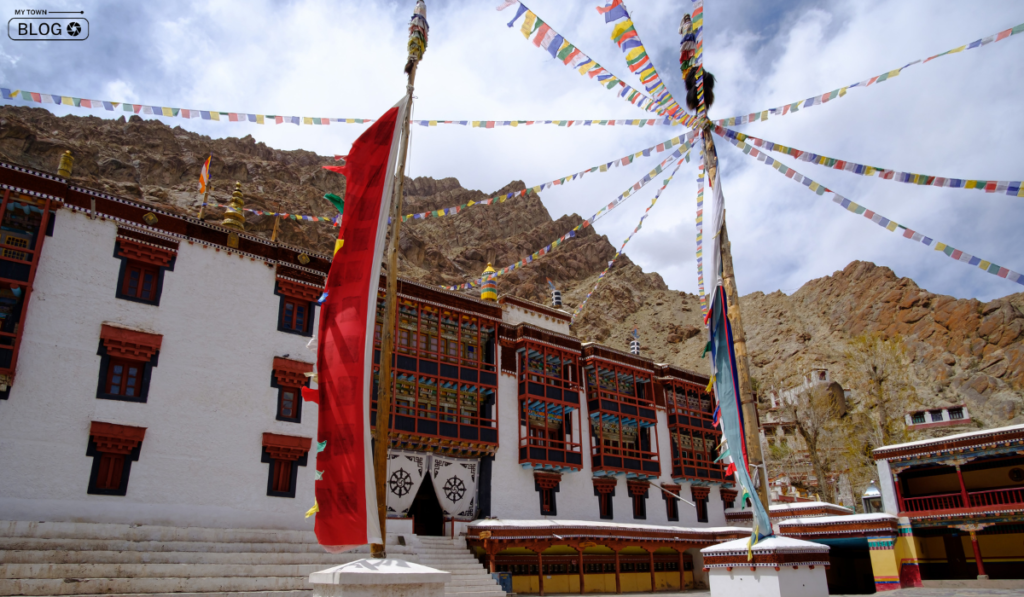
In the mystical landscape of Ladakh, the Hemis Monastery comes alive during the annual Hemis Festival. This vibrant celebration showcases the fusion of spirituality and festivity. The courtyard of Hemis Monastery transforms into a stage for masked dances, rituals, and the unveiling of the Thangka painting of Guru Padmasambhava. The monastery’s ancient walls resonate with the rhythm of drums, cymbals, and the chants of monks, creating an atmosphere of joyous devotion.
- Location: Drukpa Lineage, Indus River, Ladakh, India
Diskit Monastery, Leh
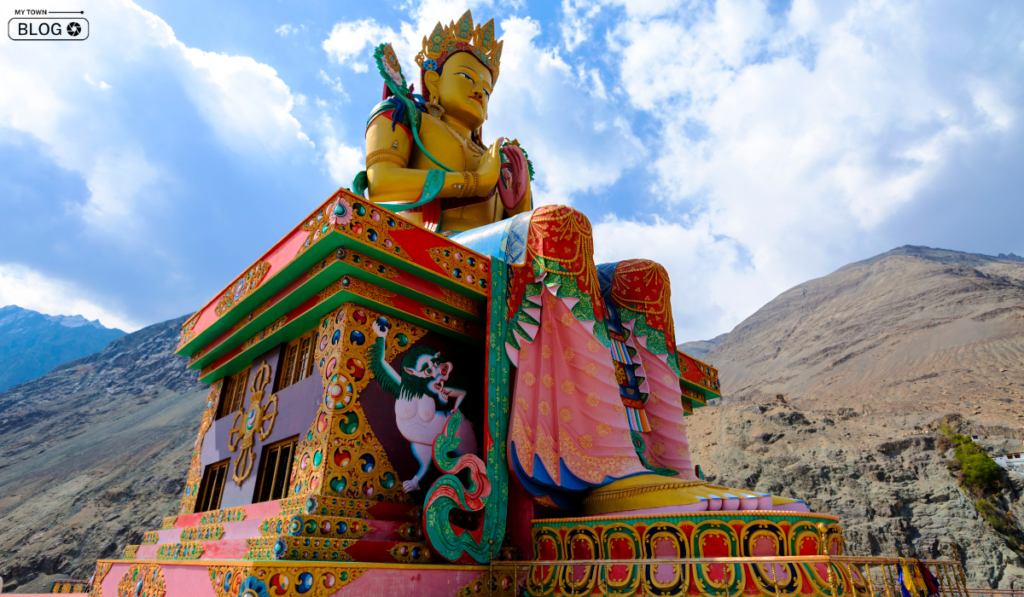
Amid the stark beauty of Nubra Valley in Ladakh, the Diskit Monastery rises like a beacon of spirituality. What makes this monastery unique is its location amidst sand dunes, offering a surreal contrast between the sacred and the earthly. The monastery’s highlight is the towering statue of Maitreya Buddha, symbolising compassion and enlightenment. The views from Diskit Monastery are a blend of natural splendour and spiritual introspection, making it a destination that touches the soul.
- Location: Diskit, Jammu and Kashmir, 194401
Namdroling Monastery, Mysore
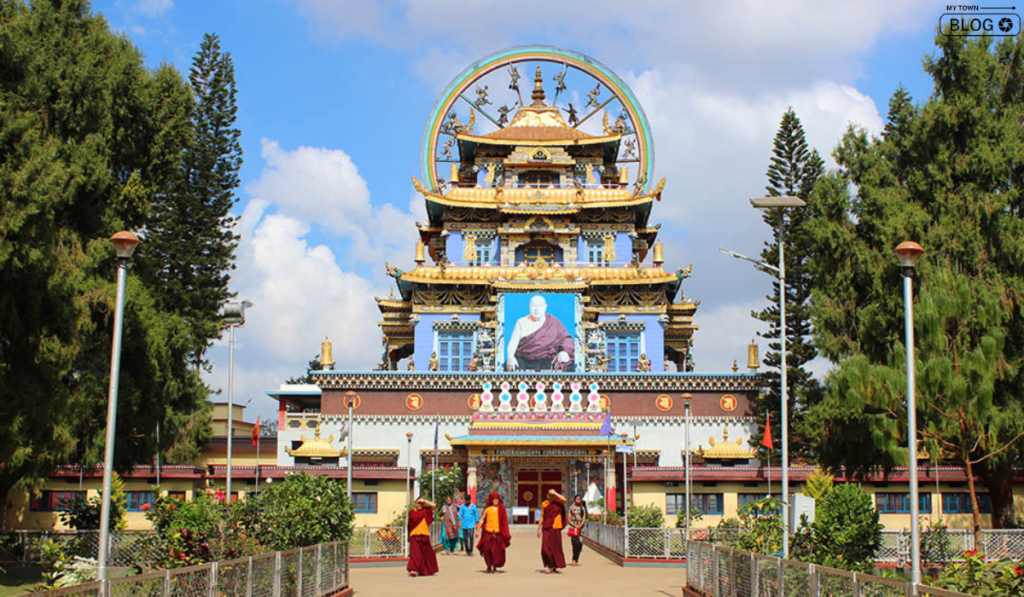
In the heart of Karnataka, the Namdroling Monastery, also known as the Golden Temple, stands as a testament to the vibrant world of Tibetan Buddhism. The resplendent golden structures, intricate artwork, and meditative ambiance create a captivating experience. The monastery is not just a place of worship; it’s a living example of devotion, artistic expression, and spiritual camaraderie.
- Location: Arlikumari, Bylakuppe, Karnataka, 571104
Key Monastery, Lahaul-Spiti

Perched dramatically on a hilltop in the Spiti Valley, the Key Monastery holds the distinction of being one of the oldest and most iconic monastic complexes in the region. Its strategic location has allowed it to stand as a symbol of resilience against the challenges of time. The monastery’s atmospheric prayer halls, adorned with murals and sculptures, provide a deep insight into the teachings of Buddhism and the monastic way of life.
- Location: Key, Pinjoor, Himachal Pradesh, 172114
Ghoom Monastery, Darjeeling
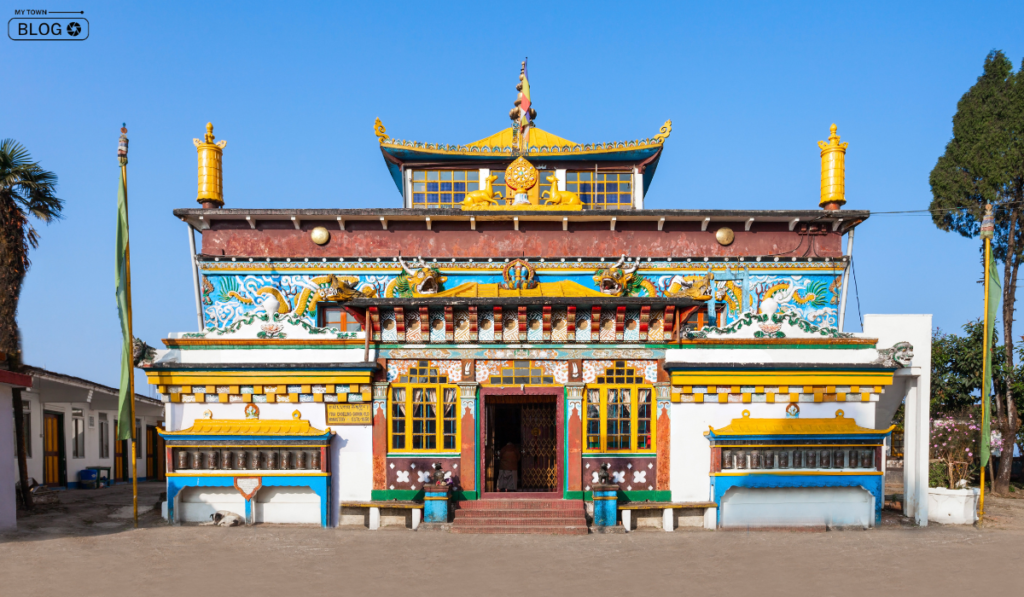
High in the hills of Darjeeling, the Ghoom Monastery emanates an air of serenity and devotion. This historic monastery, built in the 19th century, holds a statue of the Maitreya Buddha, radiating tranquilly and compassion. The Ghoom Monastery offers a space for both spiritual reflection and quiet contemplation, making it a serene haven for seekers.
- Location: Hill Cart Road, Ghoom, West Bengal, 734102
Enchey Monastery, Gangtok
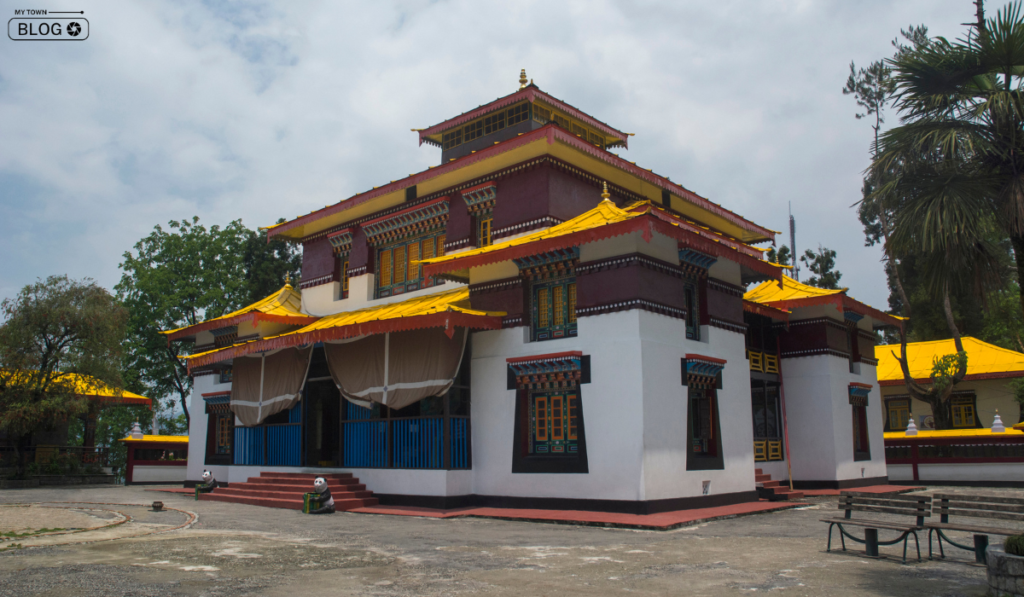
In the charming city of Gangtok, the Enchey Monastery stands as a fusion of tradition and modernity. The intricate architecture, colourful murals, and presence of powerful deities create an atmosphere of reverence and wonder. The monastery serves as a spiritual refuge and a cultural anchor, attracting visitors seeking solace and insight.
- Location: Gangtok, Sikkim, 737103
Palpung Sherabling Monastic Seat, Kangra Valley, Himachal Pradesh
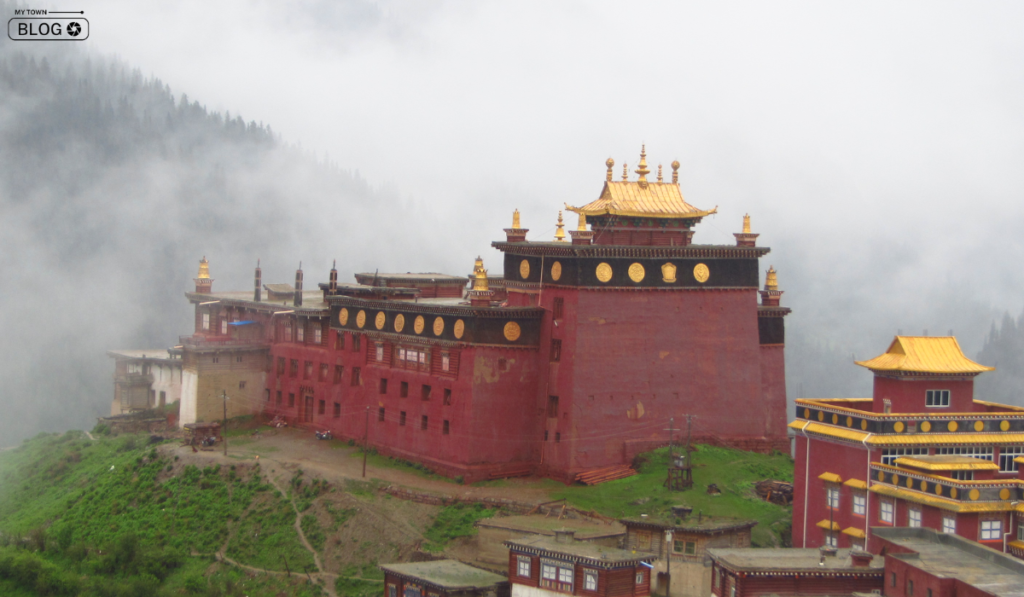
Nestled amidst the lush Kangra Valley, the Palpung Sherabling Monastic Seat offers a serene haven for those seeking spiritual solace. The expansive complex includes temples, stupas, and facilities for Buddhist studies. The surroundings echo with the chants of monks engaged in deep contemplation, creating an environment that fosters inner reflection and growth.
- Location: Baijnath Bhattu monastery, Keori, Himachal Pradesh, 176125
Conclusion
In the diverse tapestry of India, these top Buddhist monasteries weave threads of spirituality, history, and culture. Each monastery is a unique chapter in the story of Buddhism’s journey through the ages. Exploring these tranquil sanctuaries offers not just a glimpse into the teachings of Buddha but also an opportunity to immerse oneself in the serenity that they embody.
FAQs
Are these monasteries open to visitors?
Yes, these monasteries often welcome visitors, providing a chance to explore their architecture, learn about Buddhist teachings, and embrace their peaceful ambiance.
Do I need to follow a specific dress code when visiting these monasteries?
Yes, modest attire is recommended as a sign of respect when visiting Buddhist monasteries. Wearing clothes that cover your shoulders and knees is generally appropriate.
Do I need to be a Buddhist to visit these monasteries?
No, these monasteries warmly welcome visitors of all faiths and backgrounds. Their doors are open to anyone seeking to learn about and experience Buddhist culture.
How can I learn more about the history and significance of these monasteries?
Many monasteries offer guided tours, displays, and informative materials that provide insights into their history, architectural marvels, and the core tenets of Buddhism.
Are these monasteries affiliated with any specific Buddhist sect?
Yes, many monasteries belong to various Buddhist sects like Theravada, Mahayana, and Vajrayana, each with its own teachings and practises.
Can I participate in meditation sessions at these monasteries, even if I’m a beginner?
Absolutely. Many monasteries welcome beginners to join meditation sessions. Monks often guide participants through the basics of meditation and mindfulness.
How can I reach these monasteries, and do they have good accessibility?
The accessibility of monasteries varies. Some are easily accessible by road, while others might require hiking or other modes of transportation. Researching specific monastery locations is advisable.
Are there English-speaking monks or guides available for communication?
Many monasteries have monks who can communicate in English, especially in places with a significant number of international visitors. This facilitates interactions and learning.
Can these monasteries accommodate group tours or educational visits?
Yes, many monasteries are open to accommodating group tours or educational visits, providing a structured learning experience about Buddhism and the monastery’s practises.
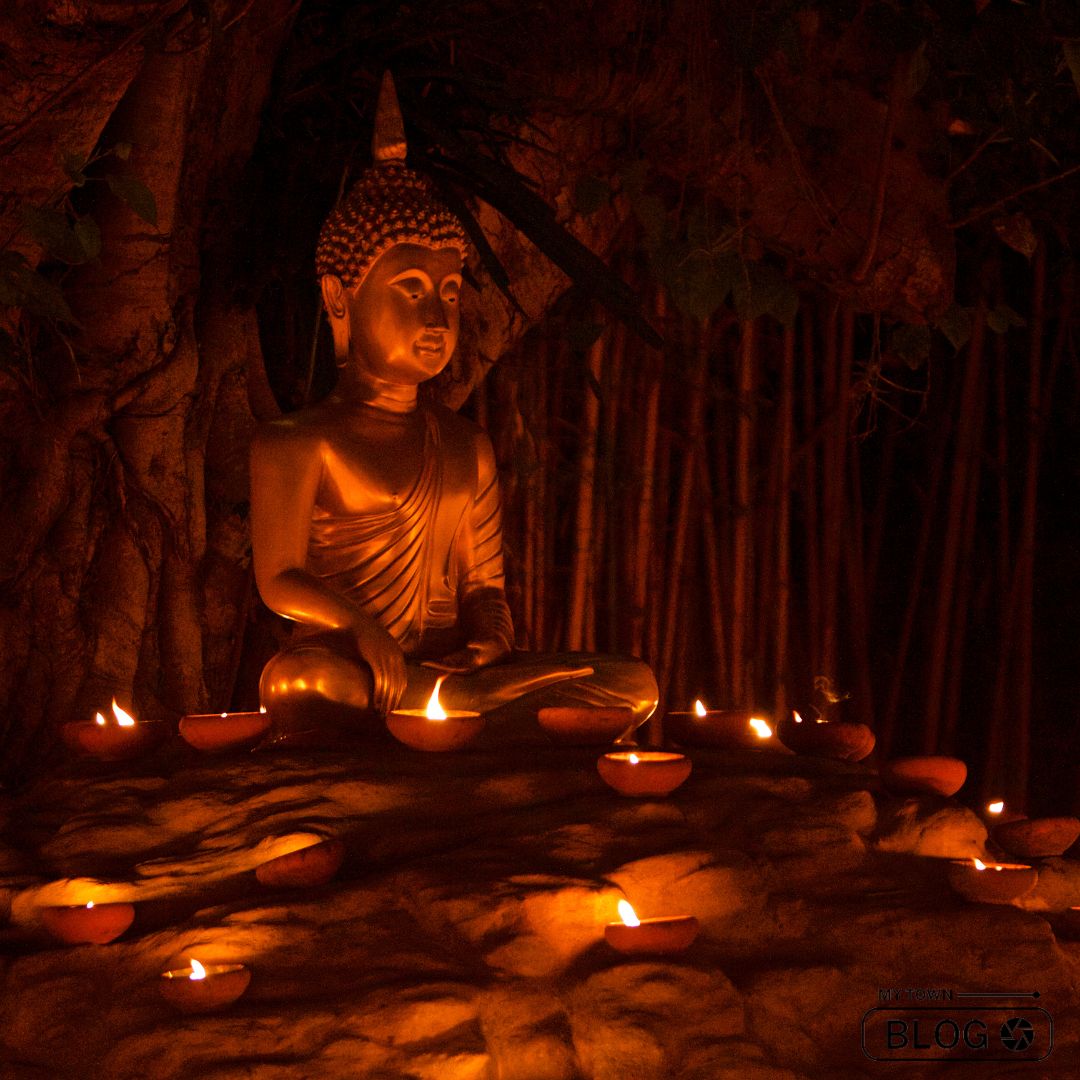








The article effectively captures the profound impact of these monasteries as centers of learning, meditation, and community life.